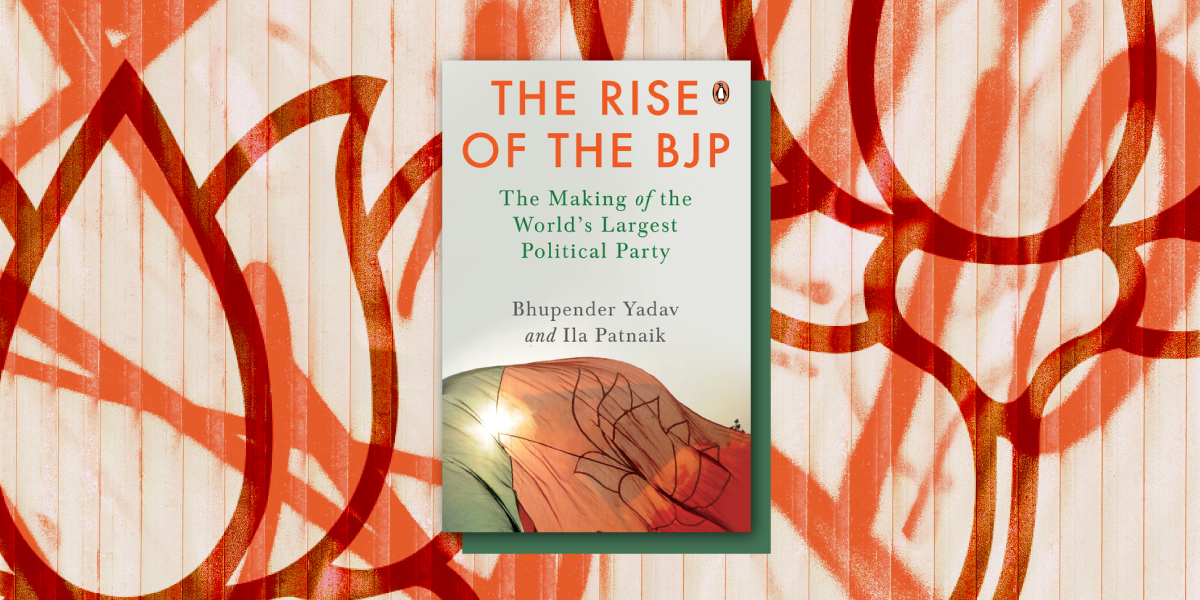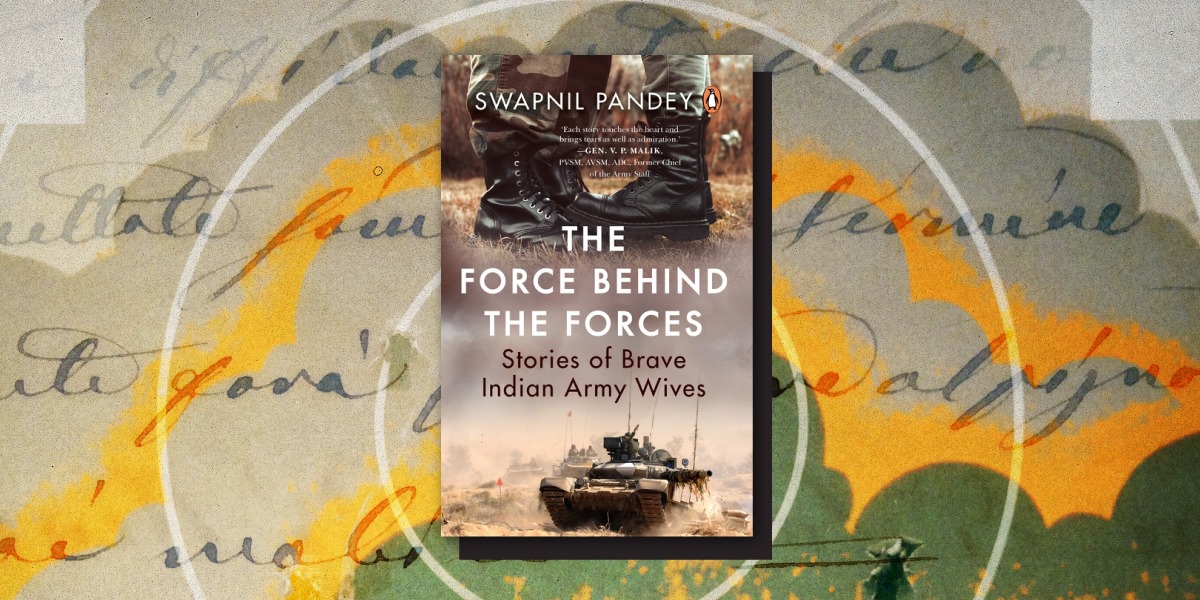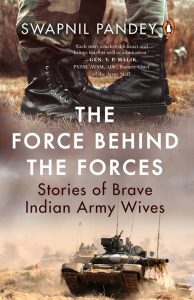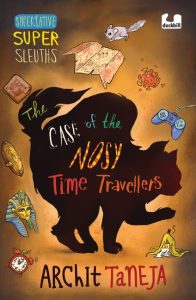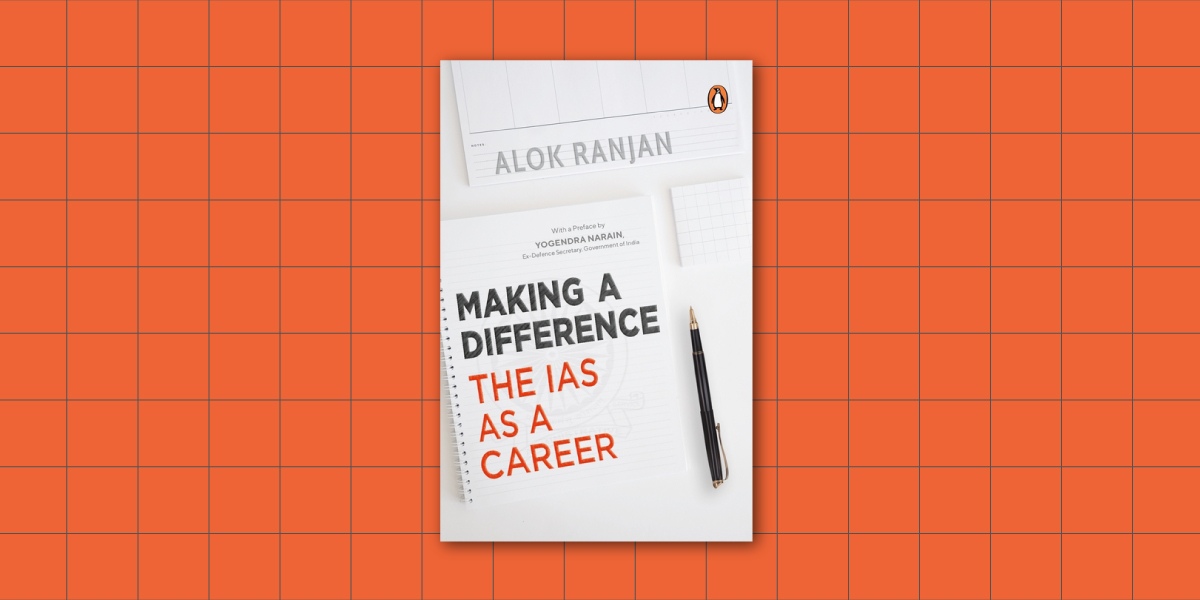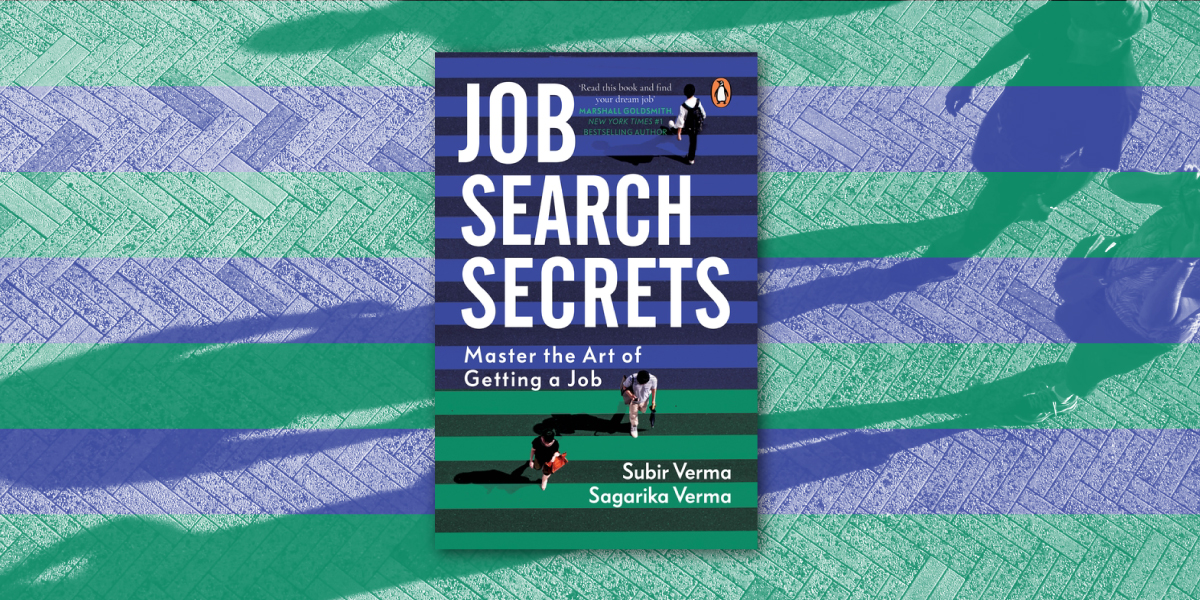‘The rebel is one who lives according to his own light, moves according to his own intelligence. He creates his path by walking on it.’
– Osho
***
In The Rebellious Spirit, Osho addresses the spirit that dwells beneath our societal conditioning and fans a flame powerful enough to burn through layers of debris, allowing us to see with the enlightened being’s crystal-clear vision. This is a novel that will captivate you, make you laugh out loud, and give you the confidence to live your authentic life in the modern world.
Read this insightful excerpt from The Rebellious Spirit, a book in which Osho helps you become an enlightened being.
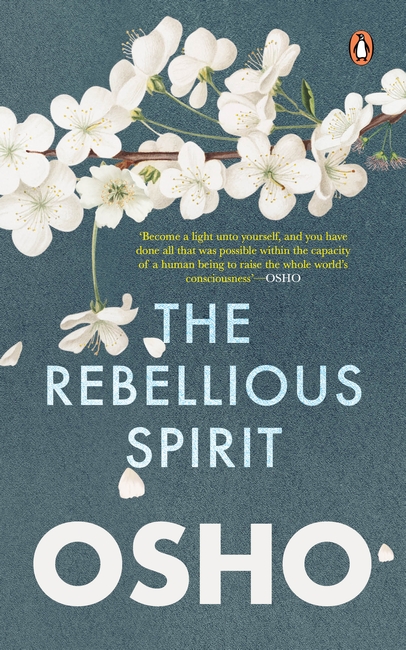
***
I do not have any teaching. My life is that of a rebel. I do not have a doctrine, a philosophy, a theology to teach you. I have only my own experience of rebellion to share, to infect you with rebelliousness. And when you are a rebel, you will not be a copy of me, you will be a unique phenomenon in yourself.
All Buddhists are trying to be carbon copies of Gautama Buddha. He has a teaching: ‘If you follow this certain discipline, you will become just like me.’ All Christians are carbon copies—the original is Jesus Christ.
I don’t have any teaching, any doctrine, any discipline to give to you. My whole effort is to wake you up. It is not a teaching; it is just cold water thrown into your eyes. When you wake up, you will not find that you are like me, a carbon copy of me. You will just be yourself, neither Christian, nor Hindu, nor Mohammedan—a unique flower. There are no two persons alike. How can there be so many Christians? How can there be so many Buddhists? The whole of history is proof of what I am saying.
For twenty-five centuries, millions of people in the East have tried the discipline and the teaching of Gautama Buddha. But not a single one has been able to become a Gautama Buddha. Nature does not allow two persons to be the same. Nature is not an assembly line where cars are produced, so you can see hundreds and thousands of Fords coming off the assembly line; the same, exactly the same. Nature is very creative, very innovative. It always creates a new man. It has created millions and millions of people, but never two people the same. You cannot even find two leaves on a tree exactly the same, or two pebbles on the seashore exactly the same. Each has his own individuality.
I don’t have a teaching. But whatever I have experienced is a living phenomenon I share with you—not words, not theories, not hypotheses. I can give you as much closeness as you need. Just as when you bring an unlit candle close to a candle that is burning, there is a point where suddenly the fire jumps from the lit candle to the unlit candle. The lit candle loses nothing, and there has not been a transfer of any teaching, but a transfer of fire.
I would like to say that I don’t have any teaching, but I have a great fire in my heart, and whoever comes close to me becomes aflame. These people here are not my followers. They are just friends who are sharing in an experience that can burn all that is false in them, and can purify that which is their essential individuality, their authentic potential. This is an alchemical school, a school of mystery. I am not a teacher, I don’t have any ideas, concepts. But I have a life to share, I have a love to share, and to those who are ready, I am ready to give all that I have. And in no way will they be enslaved. The closer they come to me, the more they understand me, the more they will be themselves. That is the miracle.
I don’t believe that walking on water is a miracle—it is sheer stupidity. The real miracle is to wake you up, to bring the message of freedom to you—freedom from all fetters. I do not replace your imprisonment with new fetters and new chains, I simply leave you in the open sky. I fly with you for a little while so that you can gather courage.
***
Get your copy of The Rebellious Spirit by Osho on Amazon.







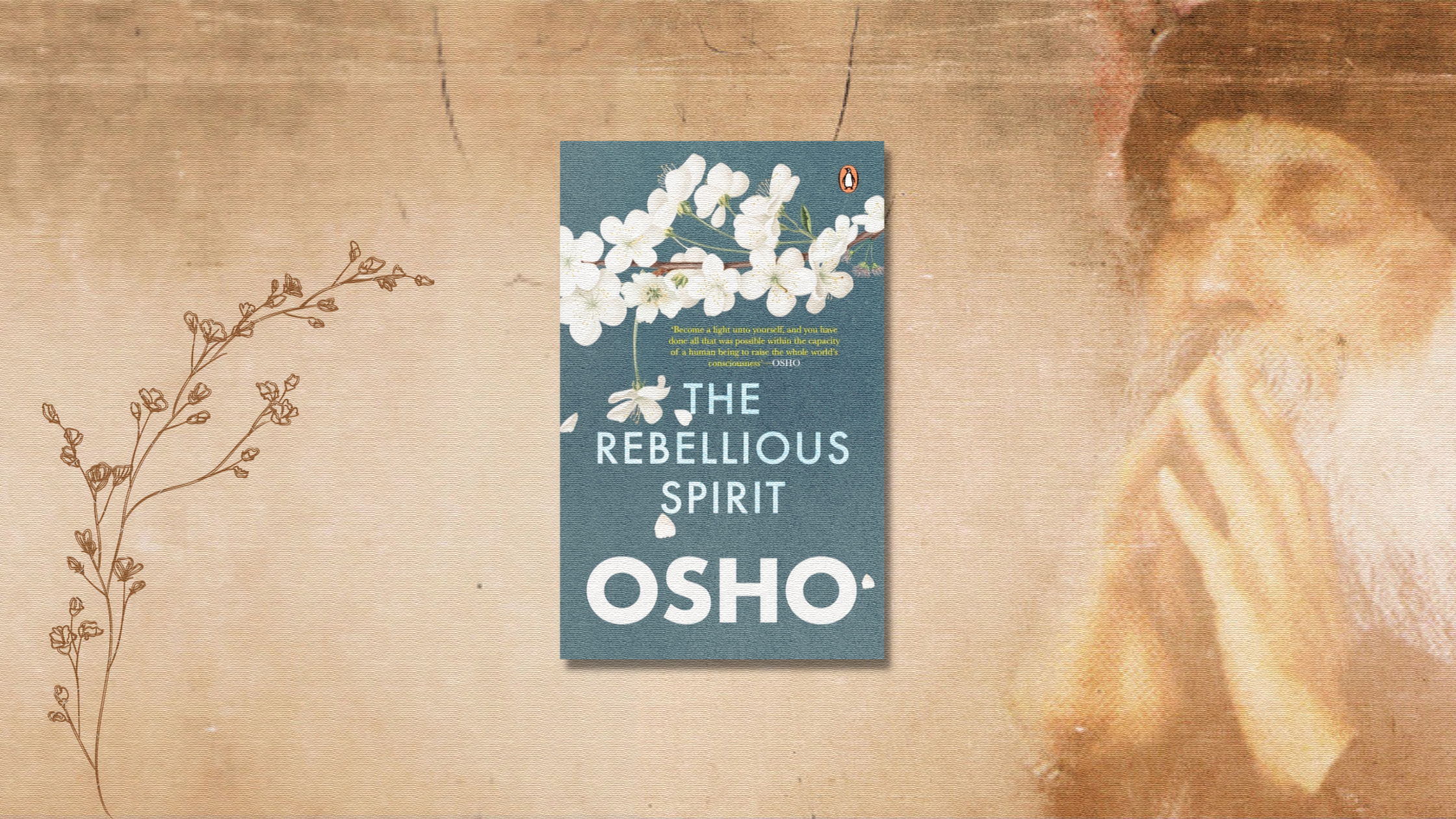

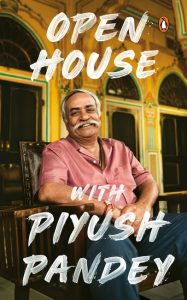
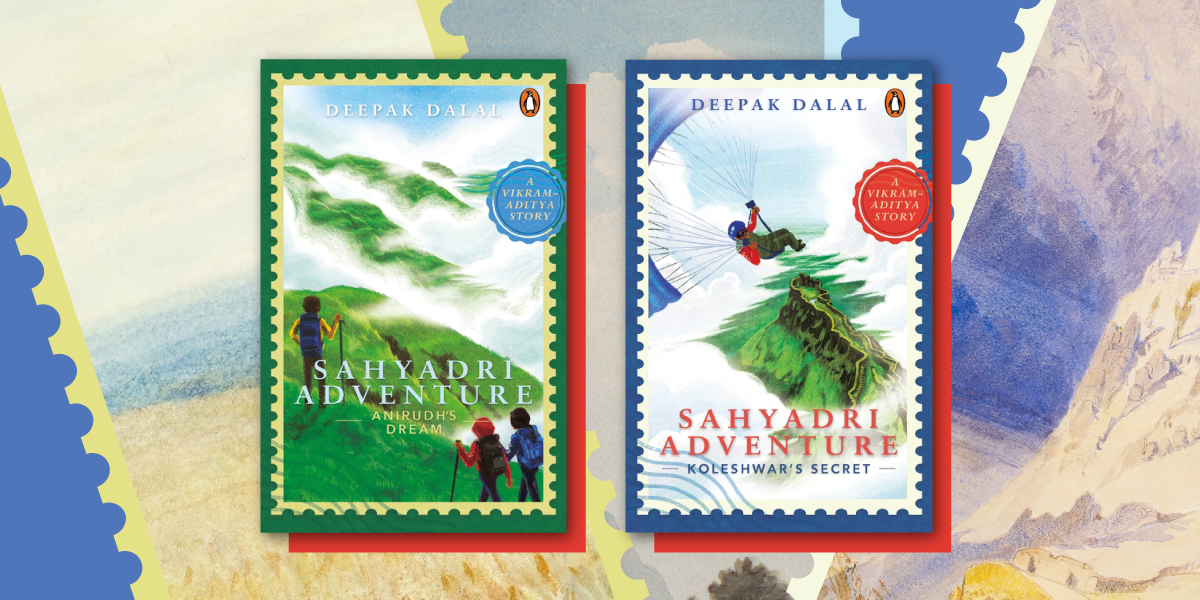


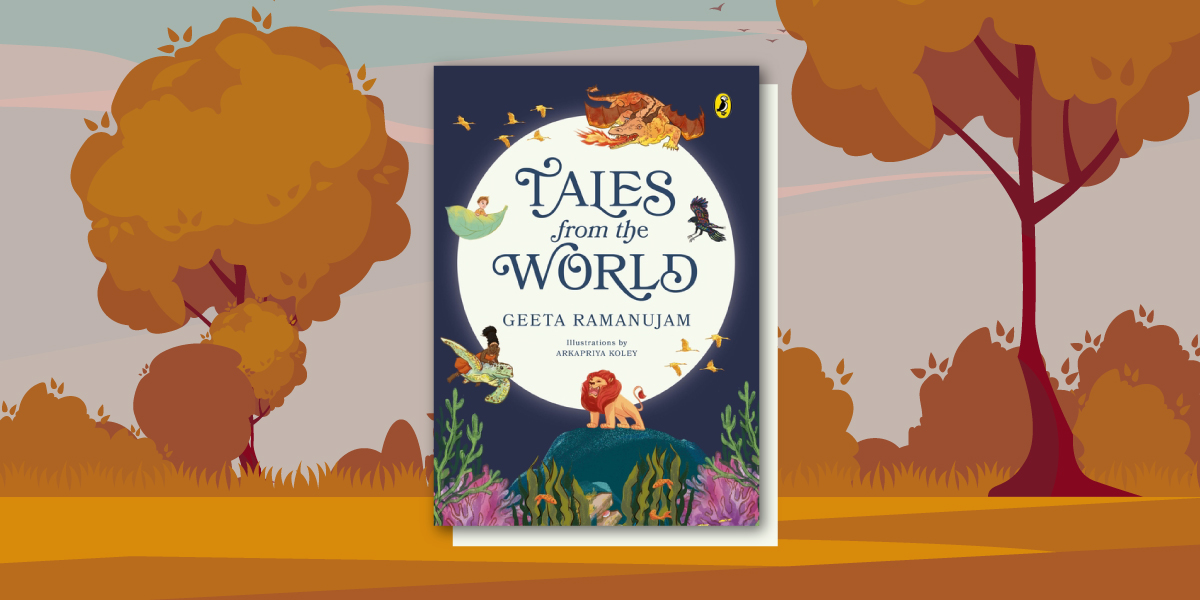

 that he’d be triumphant. He emerged from his home at midnight, his beautiful colours lighting up the night sky. He’d crafted a coach with diamonds, which was drawn by a thousand white horses. He wore a rainbow cloak and a crown made of gems from the sea. Behind him was another coach filled with gold, silver, pearls and gifts for Lindu. He looked radiant as he left an indigo, purple, blue and pink trail across the sky on his way to Uko’s palace.
that he’d be triumphant. He emerged from his home at midnight, his beautiful colours lighting up the night sky. He’d crafted a coach with diamonds, which was drawn by a thousand white horses. He wore a rainbow cloak and a crown made of gems from the sea. Behind him was another coach filled with gold, silver, pearls and gifts for Lindu. He looked radiant as he left an indigo, purple, blue and pink trail across the sky on his way to Uko’s palace. ‘Lindu,’ he called out, ‘if you marry me, you will not have to follow me like a shadow. You will not have to travel the same path as the others. You can set out anytime you wish and rest when it pleases you. Would you like to be my bride?’ He bent down on his knees to ask for Lindu’s hand.
‘Lindu,’ he called out, ‘if you marry me, you will not have to follow me like a shadow. You will not have to travel the same path as the others. You can set out anytime you wish and rest when it pleases you. Would you like to be my bride?’ He bent down on his knees to ask for Lindu’s hand.